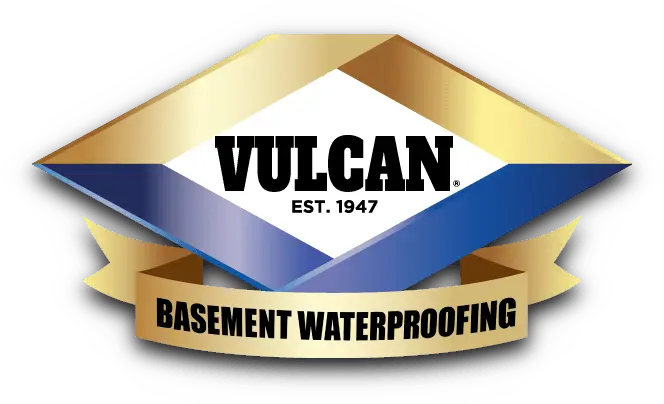A story about internal vs external waterproofing. It’s 4 AM. Jack Adams woke up unexpectedly. It’s still raining hard. He went out for a cup of coffee but discovered his basement was wet. The walls were already covered with mud. So was the floor.

No electronics were around, but the whole area was enveloped wth bad odor due to moldy linens, curtains and rugs kept inside the heavy wood cabinet.
Jack couldn’t see anything. He turned on his flashlight and discovered the muddy walls were filled with leaks. These were open leaks where brown water were flowing in like a faucet. It’s unstoppable.
Outside, Jack noticed the garden bed beside the window wells were destroyed. He looked up and saw broken downsprouts.
It’s a total mess. Jack knew his house needs immediate waterproofing. Which do you think is a better priority? Internal waterproofing? External? Or, both?
To know the answers, let’s first discuss the various services internal waterproofing can provide.
Internal waterproofng refers to a de-watering system installed on your basement floor. It’s about water control, which uses drainage and sump pumps to control the flow of water whenever it rains.
Due to its affordability, internal waterproofing become popular among homeowners. They believe it’s a cost-effective solution to prevent water from entering the walls. It also plays the best option to address water problems that can’t be addressed from the outside.
The internal system puts a stop to water leaks, which are caused by hydrostatic pressure. It controls the penetration of ground water.
There are four types of internal waterproofing (House Logic, 2016). First is the concrete waterproofing coatings. This is a method in which thick and cement-like coatings are applied during the final stage of paint application to give the wall an attractive look.
Next is the application of silicate-based concrete sealers – also called as densifiers. It’s suitable for leaky walls that need to be painted or sealed. The sealer soaks in. It chemically reacts with concrete ingredients, which forms a hard and waterproof surface.
Application of waterproofing paint is no different from ordinary wall paint. Yet, you can brush, roll and spray it on thick 75 sq. ft surfaces.
The application of plastic sheets and panels don’t stop water from getting through the wall. Yet, it stops from ruining things inside the basement.
Scope of Interior Waterproofing
The internal method of waterproofing is basically a de-water system. It uses a combination of modern waterproofing services in an aim to control and channel water to the right direction.
The water pump system uses different types of electric or battery-powered pumps that remove unnecessary water. Sump pump installation is done by Vulcan Waterproofing contractors only.
You can install it all by yourself but it takes time. You need to dig deep for a sump basin. Make sure you’ll determine the nearest location to discharge the water from the basin.
A perimeter drain is an indoor French drain, which serves as a hydrostatic pressure relief system. Installing it requires cutting a trench on the floor around the basement perimeter next to the walls. It’s recommended to have an adequate drain system to ensure it properly carries all water to a pump.
The E-Z Breathe is a ventilation system ideally made for basements. It eliminates stale and contamnated air. Its fan controls the level of humidity around the area.
During summer in which the temperature becomes warmer and drier, the E-Z Breathe makes sure the basement stays cool and healthy for everyone. It prevents the rapid growth of molds and mildew.
During winter, the system removes the moist air and replaces it with warm dry air from upstairs.
Vulcan stone flooring ensures the floor is free from any stubborn stains, cracks and leaks. It solves concrete floor problems permanently.
Advantages of Internal Waterproofing
1. It has no disruption on exterior environment.
2. It captures the floor and wall seepage without the need to remove finished walls to get rid of leakage.
3. It’s more economical. This waterproofing system proves to be less labor intensive, which results to lower costs.
4. It relieves hydrostatic pressure. When it rains or snow melts, water smoothly directs to a sump pump.
5. It isn’t weather permitting. The installation is done any day and all year round.
6. It protects the basement from outside environment.
Disadvantages of Internal Waterproofing
1. It requires removal of drywall, insulation and flooring.
2. It requires removal of stored items and cabinets from the exterior walls.
3. It refrains anyone to use the basement at the time of installation.
4. Water might continue to get in without the installation of exterior sealant.
* * * *
Jack Adams considered fixing the front and back yards once the contractors finished the basement repair. Is it worth it?
